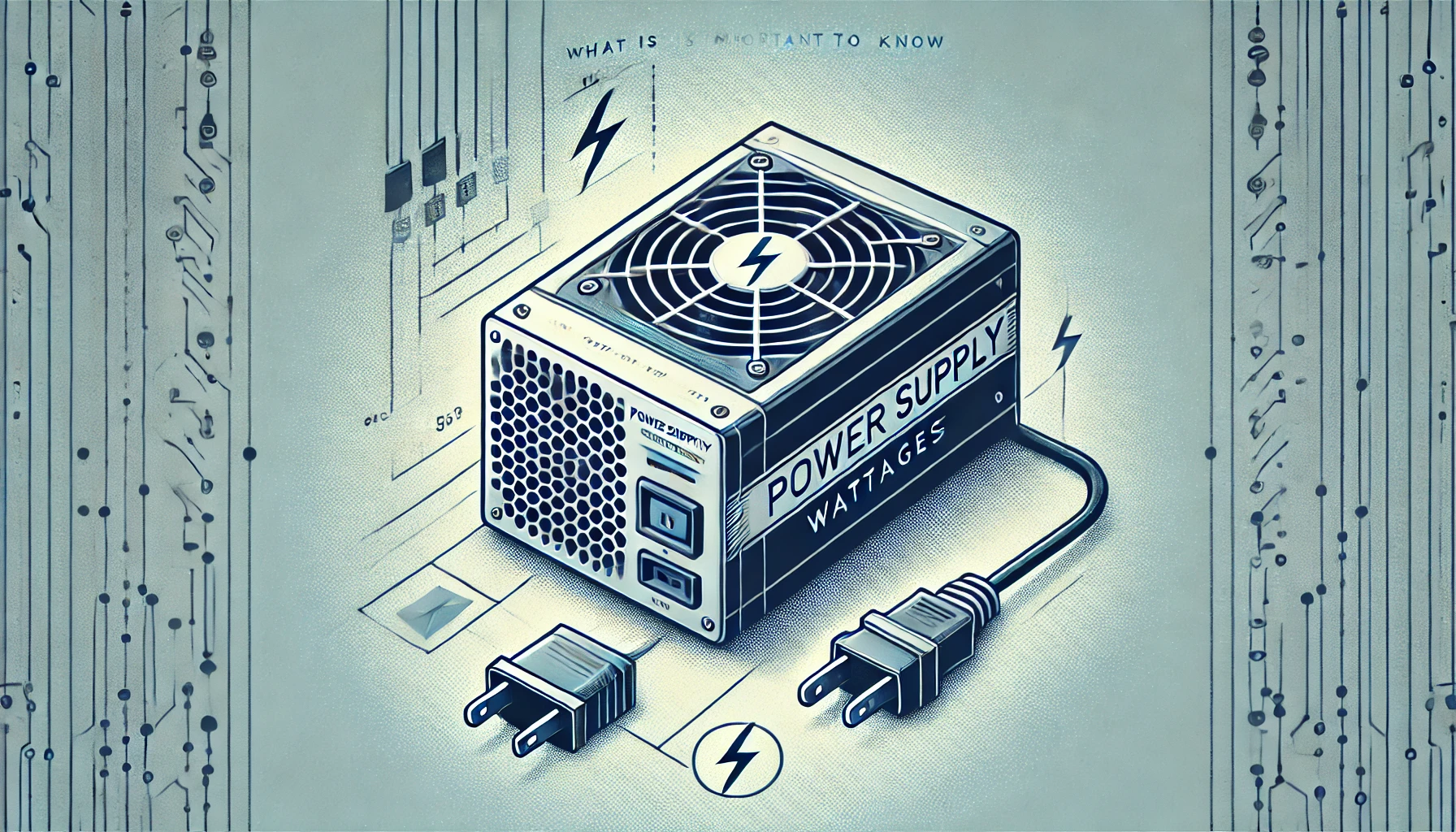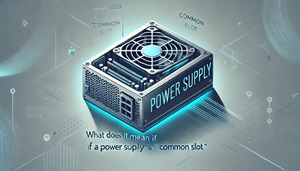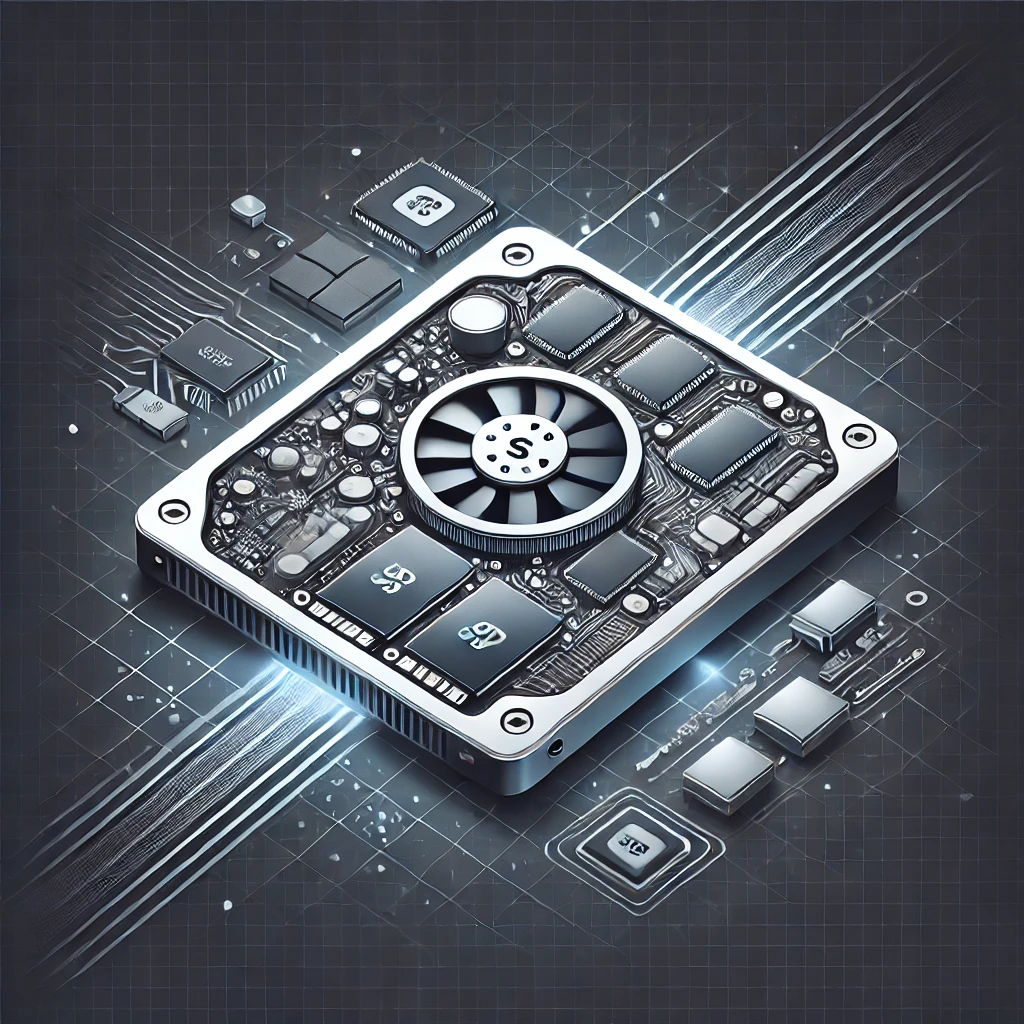What is the difference between a Layer 3 and a Layer 2 switch?
When looking at networking, it's key to understand the distinction between Layer 3 and Layer 2 switches. What makes them different? A Layer 3 switch works at the network layer, basing its routing decisions on IP addresses. Whereas, a Layer 2 switch operates at the data link layer, using MAC addresses to transfer data packets within a LAN.
Layer 3 switches offer extra features like IP routing and access control lists. These help with sending traffic between various networks. They can prioritize traffic, run quality of service (QoS) and manage complex networking protocols. This makes them ideal for networks with many subnets that need to be connected.
In comparison, Layer 2 switches are less complicated than Layer 3 switches. Their focus is on forwarding frames within a LAN, not routing packets between networks. They use MAC address tables to decide which port to forward incoming data packets to, ensuring fast communication within the local network.
It's important to note that both types of switches serve various purposes. They can work together in a network architecture. By using both Layer 2 and Layer 3 switches strategically, businesses can create dependable and adjustable networks that balance cost-effectiveness and performance.
Pro Tip: When planning your network infrastructure, consider your needs and pick the proper mix of Layer 2 and Layer 3 switches to optimize functionality and performance.
Definition and Overview of Layer 2 Switch
A Layer 2 switch is a device that works at the data link layer of the OSI model. It serves as a bridge between devices, allowing communication within a LAN. In contrast to a Layer 3 switch, which can do routing, a Layer 2 switch just forwards data packets based on MAC addresses.
To better understand Layer 2 switches, let us look at this table:
| Characteristic | Description |
|---|---|
| Operates at | Data link layer |
| Function | Forwarding data packets based on MAC addresses |
| Routing capability | No routing functionality |
| Network scope | Limited to LANs |
| Data forwarding | Switches packets by MAC address lookup |
| Address learning | Builds & maintains MAC address table |
Apart from these qualities, Layer 2 switches also support protocols like STP for loop prevention and VLAN tagging for making virtual LANs.
Let's delve into some additional details. A huge plus of Layer 2 switches is their capacity to run in full-duplex mode. This means they can send and receive data at the same time on each port, resulting in faster data transmission. Additionally, Layer 2 switches have extra security through port security and ACLs, which stop unauthorized access to the network.
To further explain the benefits of Layer 2 switches, here is a case. In one office, there was an increasing need for faster file transfers between computers over the building. The existing network used hubs that shared bandwidth among all devices. Upgrading to Layer 2 switches allowed for dedicated bandwidth to every port, leading to better transfer speeds and overall network performance. This upgrade changed the office operations, allowing simple collaboration and efficient file sharing.
In conclusion, a Layer 2 switch operates at the data link layer and serves as a bridge within a LAN. It is focused on forwarding data packets based on MAC addresses and has no routing functions. Layer 2 switches offer many advantages, like full-duplex operation, enhanced security features, and improved network performance.
Functionality and Features of Layer 2 Switch
To understand the functionality and features of a Layer 2 switch, delve into the world of MAC addresses and MAC learning. Explore the benefits of VLAN support and discover the limitations of broadcast domain. Unravel the intricacies of Layer 2 switches and gain a comprehensive understanding of its capabilities.Explanation of MAC Addresses and MAC Learning
MAC Addresses and MAC Learning are essential for Layer 2 switching. MAC (Media Access Control) Addresses are special identifiers given to network interfaces of devices connected to a network. This helps data be sent accurately and fast within the network.
Let's look closer at MAC Addresses and MAC Learning through this table:
| MAC Address | MAC Learning |
|---|---|
| Unique Identifier | Learns source MAC addresses and ties them to switch ports |
| 48-bit hexadecimal value | Aids in forwarding data frames based on destination MACs |
| Assigned by manufacturer | Uses CAM (Content Addressable Memory) table, also known as the MAC address table, to decide optimal routing |
It's important to remember that the number of entries in the CAM table is limited. If it gets full, older or less used entries could get replaced with new ones. This can affect network performance.
VLAN Support and Broadcast Domain Limitation
Layer 2 switches come with VLAN support and certain broadcast domain limitations. VLANs let network admins divide up a network into logical parts. This boosts security and flexibility.
Let's explore the functionality and features of VLAN Support and Broadcast Domain Limitation.
| Feature | Description |
|---|---|
| VLAN Support | Layer 2 switches let you create Virtual LANs (VLANs). This divides physical networks into multiple logical networks. This boosts security by isolating VLANs from each other. Plus, it simplifies admin tasks. |
| Broadcast Domain Limitation | Despite their benefits, Layer 2 switches have broadcast domain limits. All devices connected to the same switch are in the same broadcast domain. Broadcast traffic from one device is sent to all devices within that switch. Too much broadcast traffic can cause network congestion and performance issues. |
Remember other factors when dealing with VLAN support and broadcast domain limitation. For example, Layer 3 switches or routers help with broadcast traffic in larger networks. This restricts broadcast traffic to devices within the same VLAN.
Take advantage of VLAN support in Layer 2 switches! Secure your networks and simplify admin tasks. Upgrade your infrastructure now to improve network performance.
Definition and Overview of Layer 3 Switch
A Layer 3 switch is a device that combines the functions of a router and a switch. It works on the OSI model's network layer (Layer 3), allowing it to direct traffic based on IP addresses. To understand its characteristics and functionality, check out this table:
| Characteristic | Functionality |
|---|---|
| IP Addressing | Assigning & managing IPs for efficient routing |
| Routing | Making decisions on how to forward data packets |
| VLANs | Supporting Virtual Local Area Networks |
| Quality of Service | Prioritizing specific types of traffic |
Layer 3 switches also offer:
- Access control lists (ACLs) for security
- Multicast routing for multimedia distribution.
Organizations with large network traffic or complex routing can benefit from these switches. They enable communication between subnets while providing security & flexibility.
Integrate these devices into your infrastructure to optimize data transmission & improve network efficiency. Embrace the power of Layer 3 switches & stay ahead in the dynamic realm of networking.
Functionality and Features of Layer 3 Switch
To understand the functionality and features of a Layer 3 switch, dive into how it tackles the differences between IP addresses and routing, along with its unique approach to packet forwarding and traffic handling. This analysis will shed light on the distinct advantages and solutions provided by this type of switch.Explanation of IP Addresses and Routing
IP addresses are numbers that are given to devices that are connected to a network. They are important for routing, which is how data packets travel between different networks. IPs help routers direct data to the right place.
Routing is when data is moved across networks. Routers choose which path for data to travel based on things like network performance, availability, and cost. IPs help routers find the right paths.
IPs also help allocate resources and set up security. Protocols like OSPF and BGP let routers exchange info about network structure to make the best routes.
Routing also makes networks more scalable and flexible. It helps prevent congestion and maintain performance, which is especially important in large networks.
To understand IPs and routing better, you need to learn about subnets and subnet masks. Subnets divide a large network into small ones, helping admins manage them and control access.
Subnet masks identify which part of an IP is the network address and which part is the host address. This info is necessary for routers to tell if a device is in the same local network or needs to go through other networks.
Differences in Packet Forwarding and Traffic Handling
Packet forwarding and traffic handling in a layer 3 switch are very different. Knowing these differences is important for improving network performance. Check out this table to see how they differ:
| Forwarding | Handling |
|---|---|
| Based on IP address | Prioritizes specific traffic types |
| Relies on routing tables | Implements quality of service (QoS) mechanisms |
| To determine the appropriate next hop | For efficient data transmission |
IP addresses drive packet forwarding. Routing tables direct data packets. Traffic handling focuses on certain traffic types with QoS mechanisms for better transmission.
At first, layer 3 switches only supported basic IP routing. To meet the needs of more complex networks and better performance, developers made progress with Quality of Service (QoS) mechanisms. This helps network administrators prioritize critical traffic and increase network efficiency.
To properly manage and optimize network performance, it's essential to understand the difference between packet forwarding and traffic handling. Keeping up with industry news and developments helps network admins adjust their strategies and keep their networks running smoothly.
Comparison between Layer 2 and Layer 3 Switches
To compare Layer 2 and Layer 3 switches, delve into the similarities and differences in functionality, and explore the advantages and disadvantages of each. Gain insights into how these switches operate and understand the unique benefits they offer.Similarities and Differences in Functionality
We can compare Layer 2 and Layer 3 switches based on their similarities and differences. Let's look deeper into this.
We can create a table to show the key points of each switch. It's like this:
| Functionality | Layer 2 Switches | Layer 3 Switches |
|---|---|---|
| Network Segmentation | Yes | Yes |
| MAC Address Forwarding | Yes | No |
| IP Address Forwarding | No | Yes |
| Routing Capabilities | No | Yes |
| VLAN Support | Yes | Yes |
| Broadcast Control | Limited | Advanced |
Both Layer 2 and Layer 3 switches support network segmenting and VLANs. But, the way they forward frames is different. Layer 2 switches use MAC addresses at the data link layer. Layer 3 switches do IP address forwarding at the network layer.
Also, Cisco Catalyst series is popular for both Layer 2 and Layer 3 switches because of their features and performance.
Advantages and Disadvantages of Layer 2 and Layer 3 Switches
Layer 2 and Layer 3 switches both have their own advantages and disadvantages. Let's explore them!
Advantages of Layer 3 switches are efficient data transfer, enhanced security, and improved network performance. Disadvantages are complexity in setup, higher cost, limited broadcast domain, and routing delays. Interestingly, Layer 3 switches can analyze IP addresses for routing decisions without an external router, which increases data transmission speed.
Moreover, multi-layer switches from Cisco provide the capabilities of both a switch and a router, making them great for network optimization!
Conclusion
Analyzing Layer 3 and Layer 2 switches, we see that they both have important roles in network infrastructure - although they each have different usages.
A Layer 2 switch is found at the data link layer of the OSI model, and is centred around MAC addresses for forwarding and filtering network traffic. It works as a bridge and connects devices within a LAN. The main advantage of this type of switch is that it enhances bandwidth efficiency by reducing collisions and optimising data transmission.
Conversely, a Layer 3 switch is located at the network layer of the OSI model and provides routing capabilities to a standard Layer 2 switch. It uses IP addresses to make forwarding decisions, allowing for efficient inter-VLAN routing. This allows networks with numerous subnets to communicate with one another efficiently.
To further distinguish between the two, a Layer 2 switch functions only within its broadcast domain, whereas a Layer 3 switch can route traffic across multiple broadcast domains or subnets. Plus, Layer 3 switches are able to perform additional tasks like access control lists (ACLs) and quality of service (QoS) management.
We source our information regarding the difference between Layer 3 and Layer 2 switches from Cisco Systems Inc., a renowned leader in networking solutions.
Frequently Asked Questions
Q: What is the difference between a Layer 3 and a Layer 2 switch?
A: Layer 2 switches operate at the Data Link Layer (Layer 2) of the OSI model, handling Ethernet frames and MAC addresses. Layer 3 switches, on the other hand, operate at the Network Layer (Layer 3) and can handle IP addresses and perform routing functions.
Q: Can Layer 2 switches perform routing?
A: No, Layer 2 switches are not designed to perform routing functions. They can only forward traffic within a local network based on MAC addresses. For routing capabilities, a Layer 3 switch or a router is required.
Q: What are the advantages of using a Layer 3 switch over a Layer 2 switch?
A: Layer 3 switches offer several advantages over Layer 2 switches. They can perform routing functions, allowing for inter-VLAN communication and better network segmentation. Layer 3 switches also offer improved performance, as they can make forwarding decisions based on IP addresses.
Q: Can Layer 3 switches still perform Layer 2 switching?
A: Yes, Layer 3 switches can perform Layer 2 switching as well. They have the ability to operate at both Layer 2 and Layer 3 simultaneously. This flexibility allows them to handle both local network traffic and routing functions.
Q: Are Layer 3 switches more expensive than Layer 2 switches?
A: Generally, Layer 3 switches tend to be more expensive than Layer 2 switches. This is because Layer 3 switches offer additional functionality and capabilities, such as routing. However, the exact cost difference can vary depending on the specific models and features of the switches.
Q: When should I use a Layer 2 switch instead of a Layer 3 switch?
A: Layer 2 switches are suitable for basic network setups where routing between different subnets or VLANs is not required. They are cost-effective and simpler to manage. If your network doesn't require routing functionality and you're looking for a more budget-friendly option, a Layer 2 switch can be a suitable choice.








